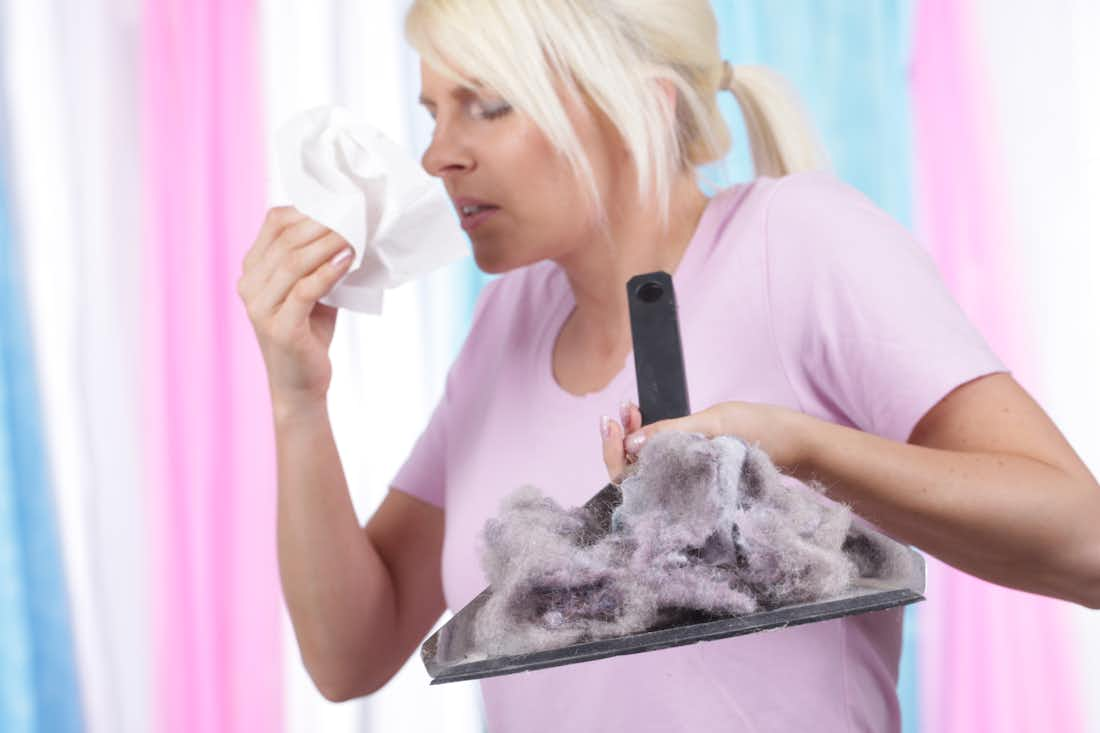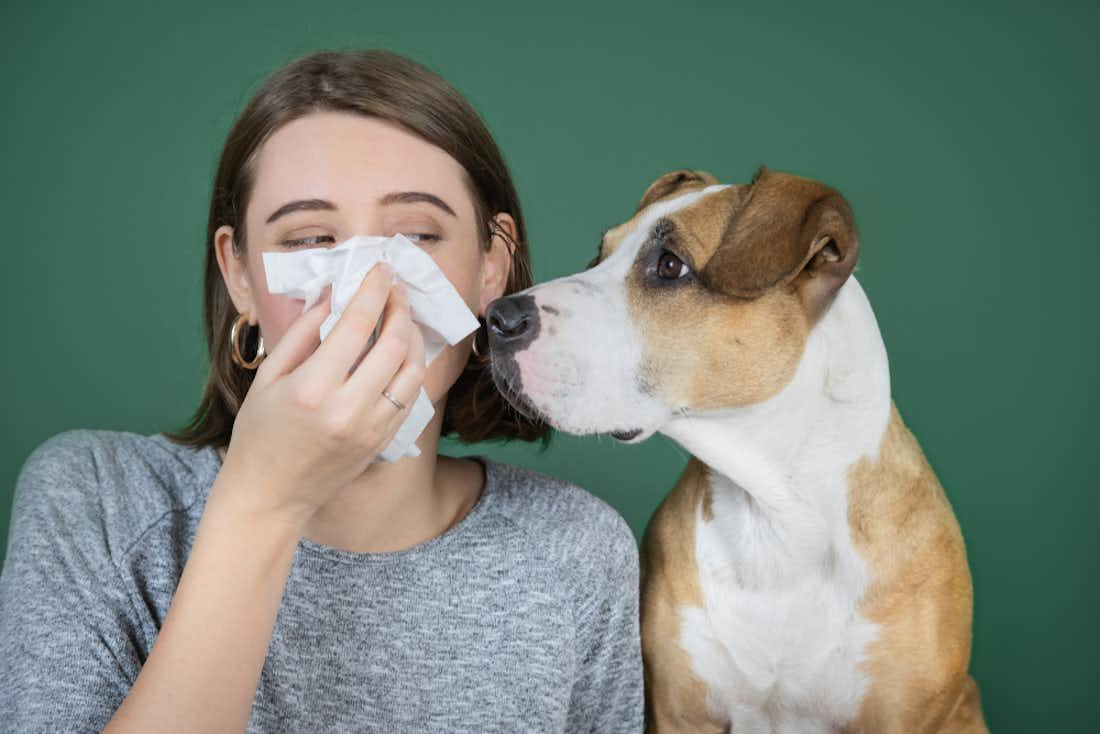May 4, 2022
Can You Be Allergic to the Sun?
6 minute read
Summer is one of the best times of the year. School’s out, the weather’s beautiful, and the beaches open back up. But if spending time outside in the hot summer sun causes more discomfort than joy, you might have an allergy.
While airborne triggers like pollen or ragweed often cause outdoor allergies, you might be allergic to the thing that makes summer so fun to begin with: the sun.
Here’s everything you need to know about sun allergies so you can better protect and treat yourself if this problem affects you.
What Is a Sun Allergy?
The term “sun allergy” describes several conditions that result in an allergy-like reaction from sun exposure. The most common form of sun allergy is called polymorphic light eruption, better known as sun poisoning.
Although it’s referred to as a sun allergy, it’s not necessarily a true allergic reaction. When your immune system perceives an external trigger as foreign and potentially harmful, such as pollen, it reacts by releasing chemicals to elicit an allergic response. This is where symptoms like coughing or sneezing come into play – it’s the body’s way of trying to get the nasty stuff out.
When you experience a sun allergy, your immune system isn’t perceiving sunlight as a threat. Instead, the immune system perceives sun-altered skin to be foreign, leading to a reaction. In other words, you’re not allergic to the sun. You’re allergic to sun-damaged skin.
The symptoms of a sun allergy differ from person to person, but they most often look like this:
- Redness
- Itching
- Tiny bumps, or hives, on the skin
- Pain and tenderness
- Blisters
- Scaling, crusting, or bleeding
What Are the Types of Sun Allergy?
There are a few different types of sun allergies that you might be experiencing if you ever feel a reaction to sun exposure.
Polymorphic Light Eruption (PMLE)
The most common type of sun allergy is called polymorphic light eruption (PMLE). Sometimes, as little as 20 minutes of sun exposure can cause the painful red rash that co-occurs alongside PMLE. With that said, it typically occurs from several hours of sun exposure on a given day.
It’s thought to be caused by UV light altering a substance in the skin. It’s not infectious or contagious, and it usually clears up as long as exposure is not prolonged.
Actinic Prurigo
This skin reaction is common among Native American individuals, though it can affect people of all ethnic backgrounds. Actinic Prurigo is an inherited version of a sun allergy that has similar symptoms to PMLE.
Photoallergic Reaction
A chemical reaction to sunlight causes this type of reaction. Certain medications, moisturizers, or skin products may undergo a chemical reaction when exposed to UV light like UVA or UVB rays, causing rashes, hives, blistering, and other sun allergy symptoms.
Solar Urticaria
This is a rare photosensitivity disorder in which the skin swells and develops hives within minutes of sun exposure. There is no known cure for solar urticaria.
Are Sun Allergies Dangerous?
Though sunlight is an excellent source of vitamin D, which aids in bone development and health, those with a sun allergy are at risk of co-occurring health conditions.
Since the symptoms of a sun allergy often include painful, itchy rashes, the risk of developing an infection is high. If you pick or scratch at your sun-exposed skin, you may open a wound and enhance your risk of developing a bacterial infection. If left untreated, this could cause sepsis, a potentially life-threatening and extreme response to an infection.
Additionally, the blisters and hives associated with sun allergies can be extremely painful and uncomfortable. This can make it harder for you to complete daily activities without discomfort, leading to decreased self-esteem and possible social isolation.
Finally, excessive exposure to sunlight, such as with PMLE, can increase the risk of developing life-threatening skin cancer (melanoma). The sun releases ultraviolet radiation (UV rays), which can damage the DNA in skin cells.
Over time, this can cause rapid cell growth and destruction, which can lead to the formation of dangerous cancer cells. This is why it is so crucial to wear sunscreen and protective clothing when spending time outdoors.
Skin cancer is the most common cancer in the United States, and it’s estimated that over 9,500 people will die each year due to melanoma. The good news is that it is also one of the most preventable and treatable cancers.
How Can I Treat Sun Allergies?
Treating your sun allergy is entirely dependent on the severity of your symptoms, as well as the type of sun allergy you’re experiencing. However, there are a few methods that your doctor might recommend.
Avoidance
For mild cases of a sun allergy, all you’ll need to do is avoid exposure to the sun for a few days and allow your skin to heal. While this doesn’t mean you need to close your blinds and lock yourself inside, it does mean you need to take some extra precautions before leaving the house.
Even if it’s hot, wear long sleeves and pants to cover your skin, especially in the areas where you’re experiencing an allergic reaction. Hats and sunglasses are two other easy ways to limit your exposure and keep your skin safe.
One important note is that, unless your doctor recommends it, you should not use sunscreen on areas of your body that are experiencing an allergic reaction. If you’re blistering or peeling, the sunblock may cause an infection by seeping into your broken skin.
Medication
You can apply corticosteroid medications topically to areas of the body where you’re experiencing a rash or hives. While these won’t fix the root of the problem, they can bring you a lot of relief from the pain and itching.
Over-the-counter remedies like aloe can also be soothing for the skin if you’ve been excessively burned. They may bring some relief as long as your rash has not resulted in an open wound.
Keep in mind that these are general recommendations, and it is always best to check in with your healthcare provider before using medication of any type.
Phototherapy
Phototherapy has been used for decades to treat skin conditions like psoriasis or eczema. It works by gradually exposing your skin to small amounts of UV light to allow your immune system to gain a tolerance to the sun-damaged cells. This increases your body’s tolerance to sun exposure, allowing you to be exposed to the sun for longer periods of time before experiencing symptoms.
This is similar to an allergy treatment known as allergy immunotherapy, which is used to build up your body’s tolerance to common allergens like pollen, ragweed, or dust mites. You’ll be exposed to small amounts of the allergen over time so that your body starts to build up an immunity.
How Can I Prevent Sun Allergies?
Perhaps the easiest way to treat a sun allergy is just to prevent them from happening in the first place. Here are some of the best ways to protect yourself from the sun and prevent problems from occurring, to begin with.
Wear Sunscreen
This might sound obvious, but by far, the best way to prevent a sun allergy is by wearing sunscreen. Remember that sun allergies are not caused by sunlight itself. Instead, they are caused by sun-damaged skin cells. Sunscreen helps prevent the skin from becoming damaged in the first place.
Sunscreen works by absorbing UV radiation and breaking them down through a chemical reaction so that it never actually reaches your skin. Before leaving your home, lather up with a sunscreen of at least SPF 30, and be sure to reapply every two hours. Additionally, reapply after coming out of the pool or the ocean.
Even if it’s not hot outside, or even if the sun isn’t out, you can still develop an allergic reaction to the sun. Wearing sunscreen only takes a few minutes, and it can have profound benefits for your whole life.
Avoid Sudden Sun Exposure
Many people who experience sun allergy symptoms experience it after excessive exposure to the sun after not being exposed for a long time. Similar to phototherapy, you can build up your body’s tolerance naturally by gradually exposing yourself to the sun for a short period at the start before increasing exposure slowly.
With that said, you should still be applying sunscreen even if you are only going outside for a short time. It can take just a few minutes for you to start experiencing symptoms.
Avoid Known Triggers
If you put on certain medications or lotions that seem to react to the sunlight, definitely try to avoid them. At the very least, only put them on at night when you know you will not be exposed to the sun until they’ve completely absorbed.
Avoid the Sun at Peak Hours
The sun is at its strongest between the hours of 10 am and 4 pm, so it’s a good idea to try to stay out of it as much as possible during those times – especially if you’ve had a known allergic reaction.
In Conclusion
It might sound crazy, but sun allergies are a very real thing. However, it’s a bit of a misnomer because it’s not the sun itself that causes the painful, itchy rash and blisters. Instead, it’s an immune system response to the damaged skin cells that UV radiation can cause.
There are many different types of sun allergy, including the rare solar urticaria and actinic prurigo. However, if you have a sun allergic reaction, it’s likely polymorphic light eruption or PMLE. This is also known as sun poisoning.
You may be able to treat sun allergies with topical relief creams and phototherapy, which gradually helps your body build up a tolerance to UV radiation. Additionally, you can prevent sun allergies by wearing sunscreen, wearing long-sleeved clothing, and avoiding sun exposure at peak hours.
If sun allergies, or any allergies, are getting the best of you, your online allergist is here to help. Cleared has antihistamines, immunotherapy, and allergy testing for some of the lowest copays on the market.
Take your free consultation to take a major step towards a clearer life.
Sources:
Sun Allergy: Symptoms, Causes, Treatments | Cleveland Clinic
Polymorphic light eruption | NHS
Diagnosis and treatment of actinic prurigo | PubMed.
What is sepsis? | Sepsis | CDC.



